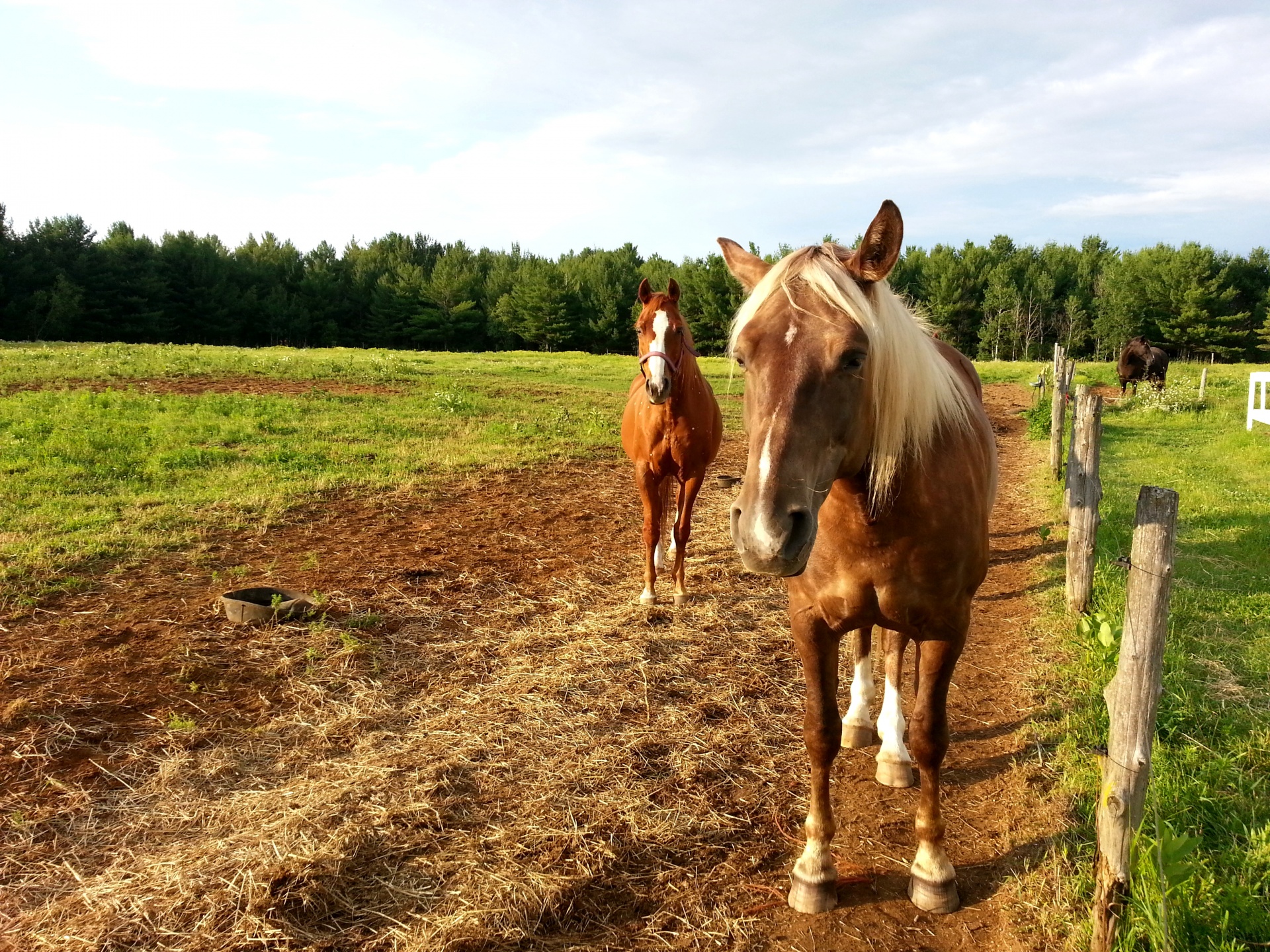What to Know About Equine Osteoarthritis

Osteoarthritis is a progressive disease that compromises the joint health and mobility of many animals. While osteoarthritis is the most common joint disorder for people in the United States, the condition is also prevalent in horses.
Dr. Jeffrey Watkins, a professor at the Texas A&M College of Veterinary Medicine & Biomedical Sciences, provides insight into equine osteoarthritis and how owners might manage this condition in their horses.
“Osteoarthritis refers to deterioration of a joint or joints that is characterized by progressive loss of cartilage,” Watkins said. “The inflammation associated with osteoarthritis causes pain and swelling of the affected joints.”
Cases of equine osteoarthritis can be divided into two groups: primary and secondary.
Primary osteoarthritis arises from the wear and tear of everyday activities, resulting in a slow breakdown of joint cartilage. Performance horses are at particular risk for this form of osteoarthritis.
“Often, the first indication of a problem is a change in the horse’s behavior, willingness to perform, and/or ability to perform at their expected level,” Watkins said. “These are often subtle indications of a developing joint problem and are due to the low-grade pain associated with the insidious onset of osteoarthritis.”
Secondary osteoarthritis comes when an injury to a joint is severe enough to begin the process of cartilage breakdown. Horses with a history of joint infections, fractures involving the joint, ligament and tendon injuries, and preexisting joint defects are at risk for secondary osteoarthritis.
“Osteoarthritis secondary to an injury or infection will be characterized initially by the signs associated with the inciting injury. Once the initial injury has been resolved, osteoarthritis is manifested as continued loss of function due to pain and stiffness of the affected joint,” Watkins said.
If an owner suspects that their horse might be suffering from equine osteoarthritis, they should contact their veterinarian, who might conduct a physical evaluation and lameness examination, as well as recommend diagnostic imaging such as radiography, ultrasonography, computed tomography (CT), or magnetic resonance imaging (MRI).
Prevention of equine osteoarthritis varies depending on the type. For secondary osteoarthritis, prompt and proper treatment of the initial joint injury is vital. Primary osteoarthritis is more complicated, involving many factors including proper hoof care, responsible training regimens, and the monitoring of any predisposing factors.
“Management of osteoarthritis is a multifaceted approach and includes modification of the affected horse’s activity level, attention to body weight and body condition, appropriate hoof care, medical therapy, and surgical therapy,” Watkins said.
As with all conditions, owners concerned for their horse’s health should consult with their veterinarians to establish an individualized management strategy. Luckily, research into equine osteoarthritis management is ongoing, so we might one day see options for complete rehabilitation.
Pet Talk is a service of the College of Veterinary Medicine & Biomedical Sciences, Texas A&M University. Stories can be viewed on the web at vetmed.tamu.edu/news/pet-talk. Suggestions for future topics may be directed to editor@cvm.tamu.edu.


